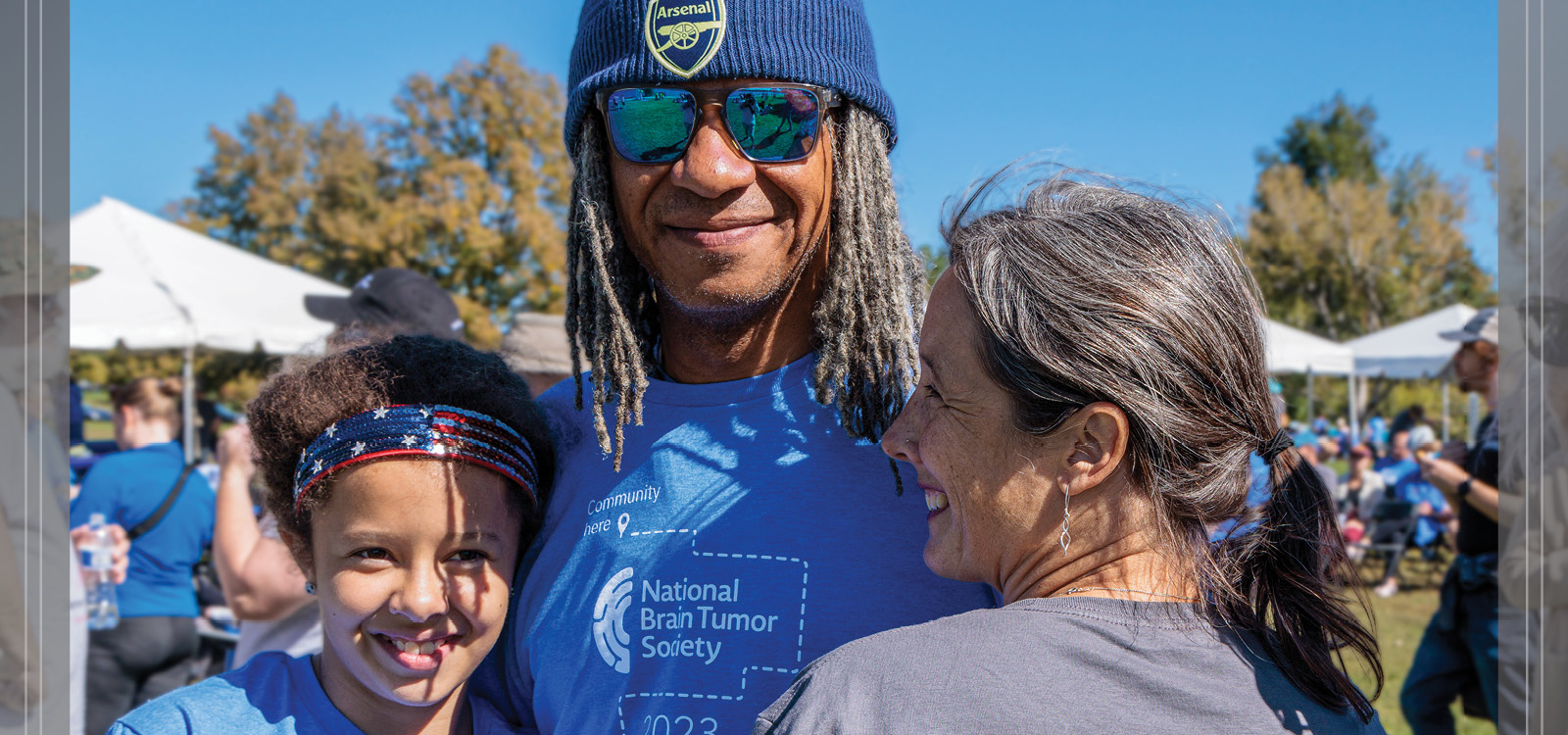The choice of when to push change in a broken system, “depends largely on timing, opportunity, and the leverage of the people initiating the change,[1]” according to popular theories in system change. Moreover, to achieve systems change leaders must, “bring people addressing parts of the problem around the same table,” and by “…inviting new people into the conversation. By rearranging structures so that people relate in ways they’re not used. By presenting issues from different perspectives. [2]”
That’s what happened in mid-March, when more 50 leaders from cancer patient advocacy organizations, pediatric brain tumor research centers, government institutions, and biopharmaceutical companies gathered in Washington, D.C. for the Availability of Drugs for Pediatric Brain Tumor and Cancer Research: Pre-clinical and Clinical Working Group meeting.
> View the participant roster
National Brain Tumor Society organized the Working Group under the umbrella of our latest pediatric initiative, Project Impact, to improve the way new treatments for pediatric brain tumors and cancer are discovered and evaluated, and accelerate from the lab to the clinic. The hope is to use a project that focuses on pediatric high-grade gliomas (a group of the most aggressive forms of childhood brain tumors and cancers) as a way to demonstrate a better process to conduct pediatric drug development, which can be applied to all childhood cancers.
After years of little, to no, progress in some of the most aggressive forms of pediatric cancers – including high-grade gliomas – recent advancements in research (including the National Brain Tumor Society’s molecular profiling and developmental neurobiology initiatives) have led to new understandings of the drivers of these tumors and potential treatment options.
This points to the timing and opportunity being right to take on a full-force effort to speed the development of new treatments for children with brain tumors and cancer. And the National Brain Tumor Society’s position in the field as trusted enablers of research- and policy-based efforts, provided the leverage needed to bring all the necessary stakeholders in pediatric cancer drug development together and get them to candidly discuss their challenges within the system.
The day began with a recap of the inaugural meeting the Working Group held in November of 2013, which laid bare the obstacles to pediatric cancer (and pediatric high-grade glioma, in particular) drug development. Collectively, it was determined that impediments to developing new treatments exist well beyond the underlying biology, which can be synthesized down to two major issues:
- The current pre-clinical platforms that exist to test potential new therapies are often inadequate for, or below the standards of, the biopharmaceutical industry. Therefore, companies often don’t trust that the research coming out of the lab will be an accurate predictor of real tumor response in patients, and thus don’t often choose to invest in this area of drug development.
- The environment for pediatric cancer clinical trials is very complex, and different regulations exist from country to country – which causes problems, as many biopharmaceutical companies need to be able to market their therapies in multiple countries in order to recoup their costly research expenses, since patient populations in individual countries are relatively small.
After the barriers were outlined, the group forged ahead on the critical work of developing plans to overcome each obstacle to pediatric brain tumor research and drug development.
In the morning, the group – led by Dr. Maryam Fouladi, MD of Cincinnati Children’s Hospital Medical Center and Dr. Peter Houghton, PhD of The Research Institute at Nationwide Children’s Hospital – focused on the important, and sometimes essential, elements needed to develop an accurate pre-clinical pediatric high-grade glioma drug-testing platform. Discussion landed on how the current work of the Pediatric Preclinical Testing Program (PPTP) – an NCI-support effort led by Dr. Houghton – would a good format to model a new platform on. From there, participants discussed what else would make-up a “next-generation” platform. Ideas centered on a platform that could involve, multiple different tumor models, xenografts, and assays; sequencing data; clear biomarkers; tissue samples; PK/PD testing; and standardized agreements that companies can use to transfer their products for screening.
Leaders in pre-clinical platform development agreed to refine, over the coming months, the optimal new platform for pre-clinical testing. Additionally, the group tackled the related issue of how to sustainably fund a pre-clinical testing platform, and decided that subsequent meetings would be held to form a governance structure that would explore how to support the simultaneous work of developing the platform.
During the afternoon, Dr. Peter Adamson, MD of the Children’s Hospital of Philadelphia and Dr. Raphael Rousseau, MD, PhD of Genentech charged the Working Group with coming up with innovative solutions that could remove barriers for companies that might otherwise enter their therapies into pediatric clinical trials earlier, including trial design issues, regulatory challenges and opportunities, and recognizing the global implications of the disease.
Potential solutions focused on the need to align regulations between global agencies; produce a guidance document (that regulators can accept) for use by researchers, clinicians, and the biopharmaceutical industry; examine the potential use of alternative endpoints, adaptive clinical trials, and open-access drug libraries.
The meeting concluded with participants agreeing to continue moving forward with plans to:
- Create the next-generation pediatric brain tumor pre-clinical testing platform,
- Form a governance structure that will help support the development of the pre-clinical platform, and
- De-risk the pediatric cancer clinical trial space.
These efforts will seek to fund better science, develop the right structure to support the science, and create the right environment and pathways to more easily move any potential new therapies through the evaluation and approval process into the hands of the patients who so desperately need them.
In the coming months we’ll dive further into these issues, and how the Working Group and other elements of Project Impact will seek to address these critical challenges.
[1] Key Components of Systems Change (PDF)
[2] Seven Lessons for Leaders in Systems Change



